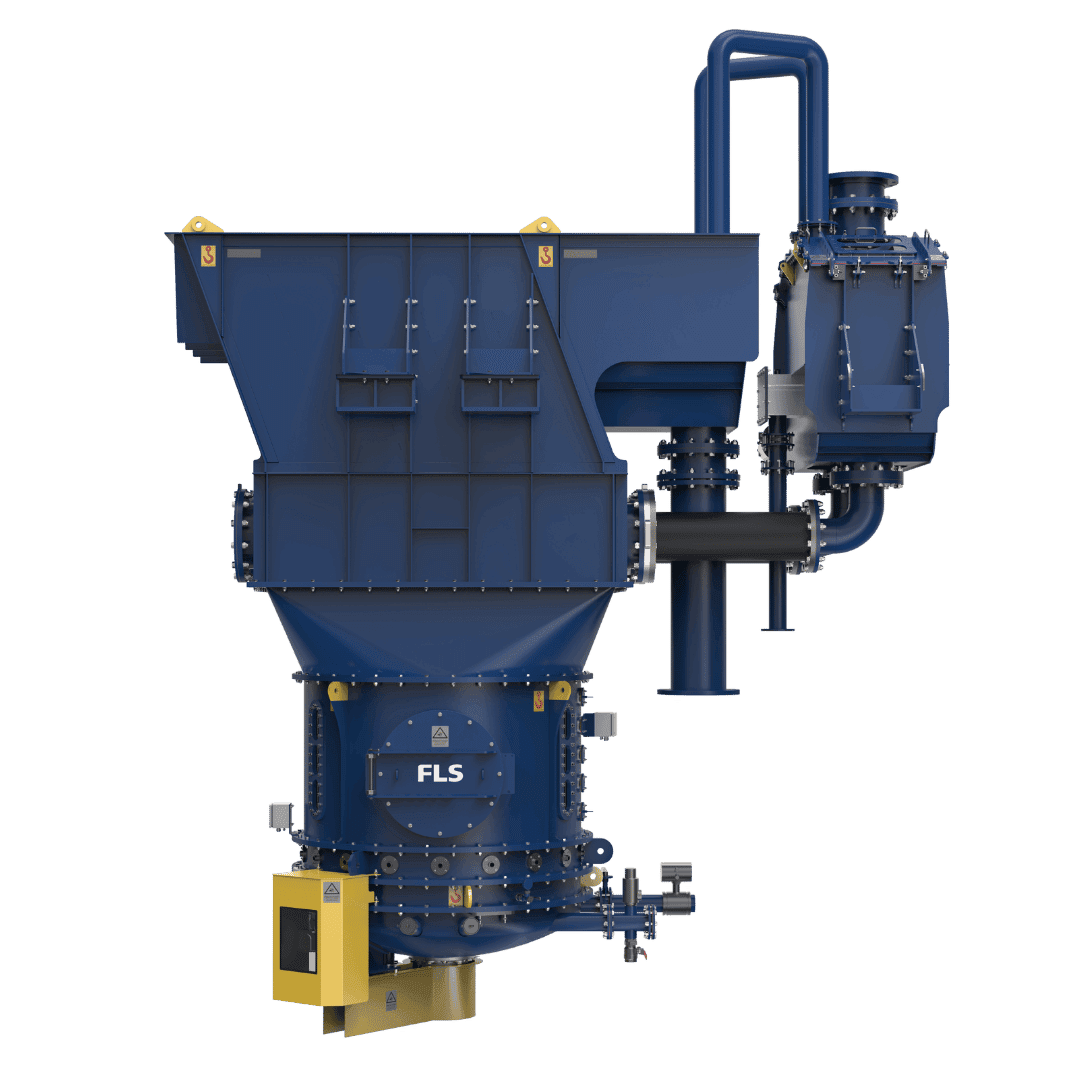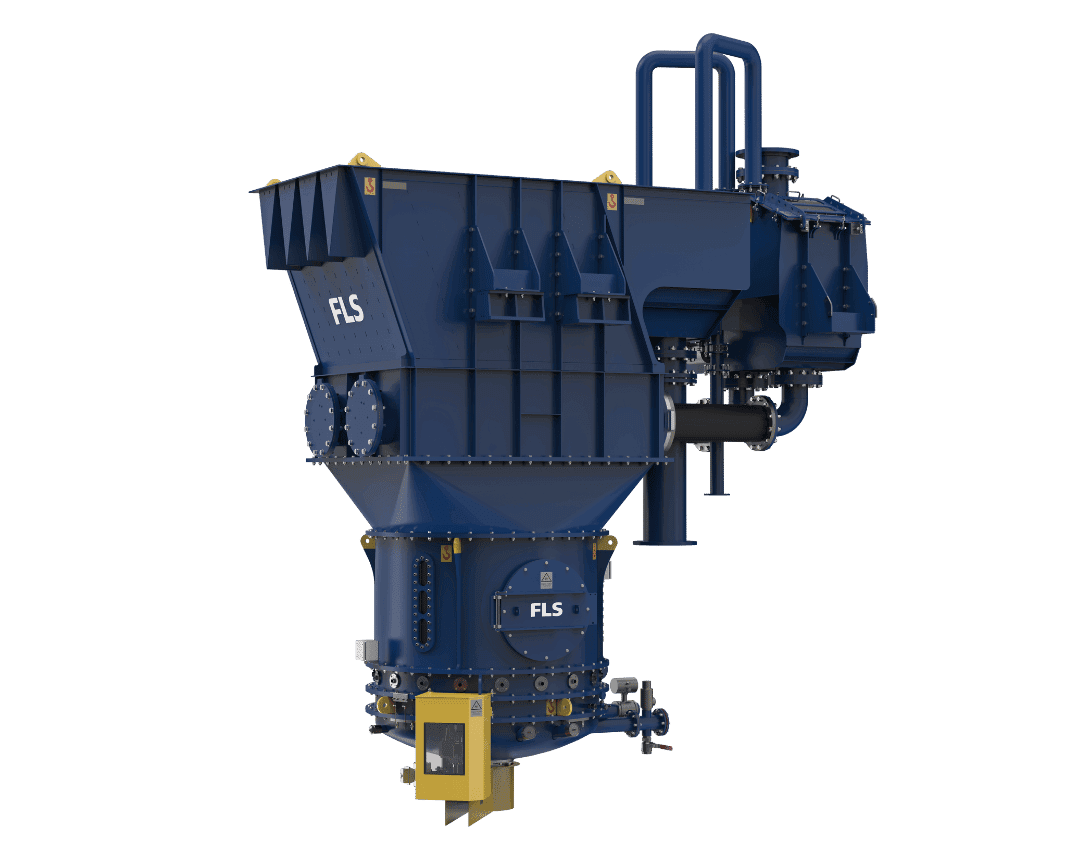The limitations of conventional flotation
Conventional flotation circuits rely on grinding feed to a fine particle size distribution to liberate the valuable ore and facilitate efficient separation. Coarser particles are not well recovered in such circuits and are frequently lost to tailings. Mines thus tend to over-grind material to avoid such losses, increasing mill wear and energy consumption. By increasing the particle size at which acceptable flotation recovery is possible, coarse particle flotation changes the equation, allowing the mill to operate at a coarse grind, with multiple benefits for mill operation and downstream separation processes.
The benefits of coarse particle flotation are becoming increasingly apparent as mines are forced to process lower-grade deposits and, thus, a greater volume of material to maintain production levels. Coarse particle flotation can improve the efficiency of processing these low-grade deposits, allowing mines to tap into previously uneconomical reserves to help meet the growing demand for metals and minerals.

